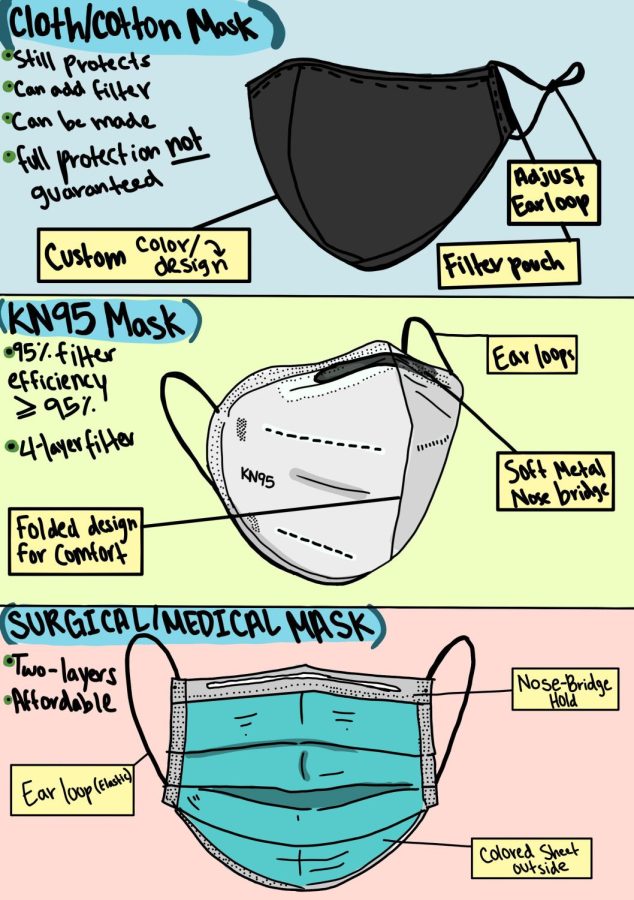Academic Challenges Due to COVID-19 Persist
February 18, 2022
As students and teachers prepared for the first day of the second semester, a new wave of COVID-19 hit the community. The semester started with 17 cases, leaving empty desks in many classes. That grew to a spike of 41 cases in the month of January, causing disruption to learning and teaching.
Quarantine became common and was not limited to positive test results. Students and staff who experience symptoms or have been exposed to the virus also must quarantine, for different lengths of time.
“I didn’t know I was going to be gone for a whole week,” said junior Amel Hollimon, who was sent home for what turned out to be migraines. “I wish I would have gotten my assignments sooner, that way I wouldn’t have gotten a whole pile at the end of the week and tried to catch up all at once.”
To facilitate these transitions, teachers are coming up with various ways to engage in distance-learning classes. Some teachers record their classes, others open Zoom meetings and most have been willing to meet with students on Zoom to clarify and create plans for their return.
“It was difficult to adjust after getting used to being in person again,” said freshman Gael Guerrero, who tested positive for COVID in mid-January. “I struggled less in the classes on Zoom, but sometimes didn’t understand the videos we had to watch.”
It can be especially challenging when the teacher is also out sick.
“Planning for lessons was really tiring, particularly because curricularly, I was at a point where a lot of it needed to be lectures back and forth, but I knew that was not going to work over Zoom,” said English 1B teacher Amy Reilly, who tested positive in late January and worked from home for five school days. “I looked back to some of the ways that I taught last year in distance-learning and tried to modify it for students working asynchronously, with me being asynchronous, but them together as learners.”
However, video recordings don’t work well across all classes. Learning math can be especially challenging over a recorded rather than live session.
“In math we were doing video learning and it wasn’t interactive so I didn’t get to ask questions when I had them,” Amel said. “I was just confused overall versus when I was on Zoom with my math teacher. It’s really different.”
Gael also had some classes asynchronously on video and felt more confused.
“For one of my classes, I had an exam the day I got back,” Gael said. “It was one of the classes on video so I struggled on that test.”
Students returning from weeks off campus struggle with catching up on missing assignments and also completely understanding the material. Some teachers offer extensions and postpone exams to help students facilitate their transitions back to in-person classes.
“We are balancing the desire and need for us to have grace and kindness around people’s journey like being sick,” Amy said, “but also being aware that there are definitely some academic milestones ahead that we need to drive toward.”
To ease the transition back into in-person learning, students have discovered the importance of communicating early and clearly with teachers.
“If you have questions, email your teachers as soon as possible, because the sooner you ask them, the quicker you’ll get a response and you won’t be as confused on what you’re working on,” Gael said.
Amel agreed. “If you get sick and have to quarantine I would meet with your teachers right away and come up with a plan and not wait until you get back,” Amel said. “We’re at home because we’re sick, not for fun, so teachers should be understanding that assignments may not get done on time.”
